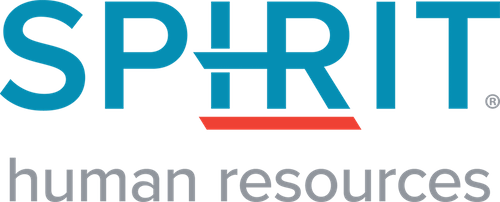Assisting Employees in Times of Crisis

Here are three things to consider when formulating your policy:
1. Consider a Variety of Ways for Employees to Contribute
- An ongoing, voluntary employee payroll deduction that would accumulate in the employee disaster fund account.
- An opportunity for an employee to voluntarily donate a one-time payroll deduction at the time of crisis.
- The ability for employees to volunteer accrued and unused PTO in the event that the colleague in crisis does not have any PTO remaining to allow them paid time off during the time away from work.
2. Will the Company Contribute to the Cause as Well?
- Can the company provide a “match” to each employee contribution?
- If so, what limits should be put (if any) on that match?
3. How Will the Policy Be Governed?
- How should “crisis” or “catastrophic event” be defined?
- Should the policy be governed by a committee of peers? How often should this committee be rotated? Should there be a member of Management on the committee as a resource?
- What limits should be placed on PTO donations from employees, i.e. maximum amounts allowed, PTO has to be accrued and unused to be donated, etc.
- Who should have the final approval of colleague requests?
- What forms or methods need to be used to make a request from, or donate to, the disaster fund?
As always, confidentiality should be a factor. Not just surrounding those contributing to the cause, but also for anyone needing to make a request from the fund. If a request denial will be forthcoming, it should be done in private with specific reasons listed for the denial.
A carefully crafted program with design input from your staff can be a very low-cost, high-return benefit that goes a long way in supporting a caring corporate culture.
Latest Blogs from Spirit HR
Your Quick Guide to E-Verify
The federal E-Verify program has been around in some form since 1996, and it’s only getting bigger. With Florida joining the program earlier this year, around half of all states now require E-Verify participation in some way. Enrolling in the program isn’t difficult,...
3 Reasons to Outsource Your HR
Navigating the complexities of HR management can be a daunting task for businesses, especially when streamlining operations and optimizing costs are crucial for success. Outsourcing your HR functions can be a game-changer, providing the breathing room you need as a...
3 Steps to Improve Health and Safety Compliance in Your Workplace
Health and safety are two terms that can seem tedious concerning the workplace, but ignoring them and the standards they entail could result in injury, illness or even death. Prevention and preparation are integral to a safe, happy and compliant organization. Here are...
